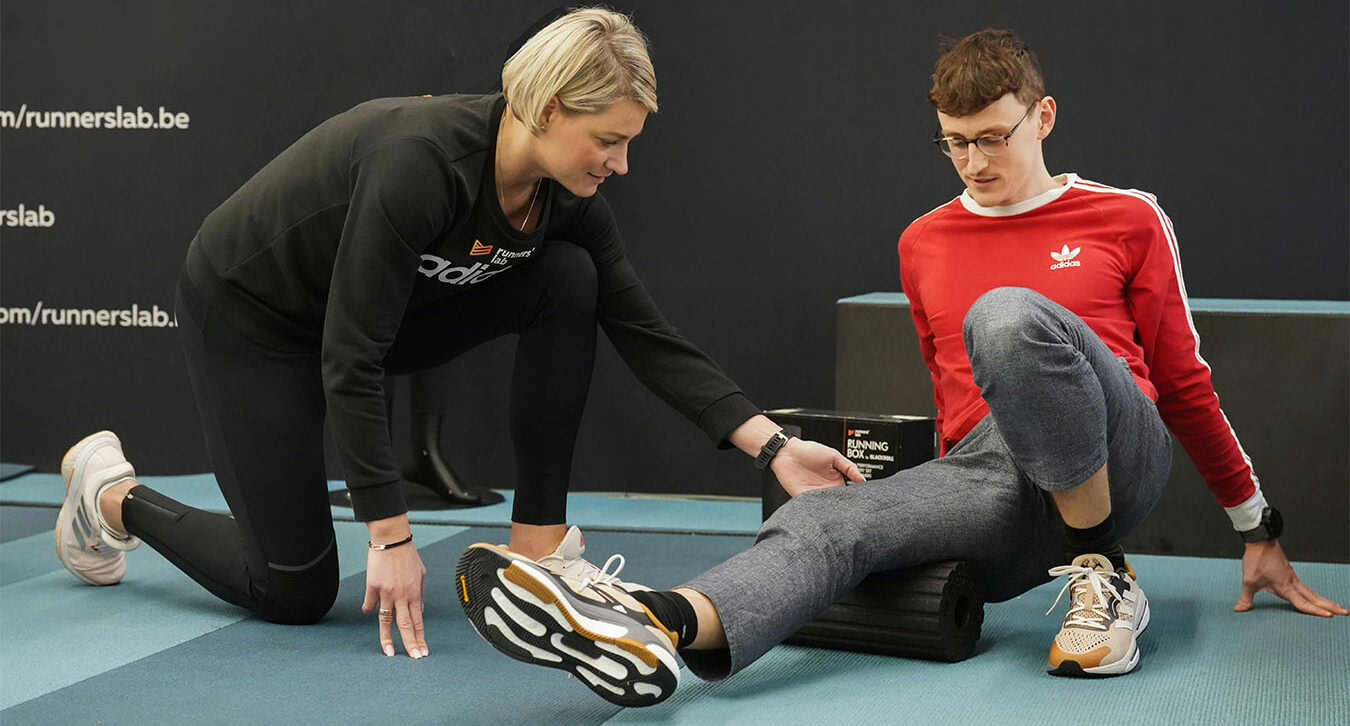Making kilometers is one thing to complete a marathon. Equally important is paying attention to your body. Injury prevention is the challenge that many runners still too often overlook.
Injury prevention is a crucial element in keeping your body in top shape and your workouts running smoothly. There are several ways to incorporate injury prevention into your training routine. With our tips, you are already a big step closer to flawless (marathon) preparation.
Give attention to your muscles
Your muscles are your best friend when it comes to injury prevention. With your fitness as the driving force, your muscles are the bodywork that propel your body forward while running.
Therefore, add muscle strengthening exercises to your workout routine. When doing this, focus especially on your core, legs and hips. In fact, these muscle groups are used the most during running. Relevant examples of exercises include the step-up, lunges or the single-leg deadlift.
In addition to strengthening your muscles, muscle loosening is essential. Many runners overlook a warm-up and cool-down because“that’s not useful for running progression anyway. However, they hit the ball completely wrong. Dynamic stretching before you leave prepares your muscles for exercise, while static exercises afterwards reduce muscle stiffness. In addition, foam rolling can improve muscle recovery.
Respect your training schedule
Your training schedule serves as a common thread toward your running goal. Still, it is tempting to do too much too soon, especially in the run-up to a marathon where you need to get a lot of miles in your legs. Still, it is essential to respect your training schedule and gradually build up in volume (and pace). And as a general rule: listen to your body. If you notice it needs rest, schedule that extra day of rest.
Schedule rest days
As we mentioned above, it is important to listen to your body. But even if you still feel fit, it is wise to schedule days of rest. Rest days are just as important as training days, because this gives your body time to recover. Excessive strain without adequate recovery can lead to injury.
Choose the right running shoes
The above tips take time. Time you may not have as a runner with a busy schedule. Still, if you want to avoid injury as much as possible, start with the basics: the right running shoes make a world of difference. Depending on your running pattern, pace, surface, distance you can adjust your shoes.
Go for the shoes that offer the best cushioning, support and stability for you. Also, be sure to keep an eye on the longevity of your pair. After about 800 kilometers, they have usually had their best days and it is useful to exchange them for a fresh pair.
Do you suddenly get sensitive knees, stiff calves or pain in the (lower) back for no reason? Then chances are your shoes are in need of replacement.
In short, injury prevention is not an unnecessary focus, quite the contrary. It is an essential part of your training plan. A healthy body is the key to success. So in the first place, listen to your body’s signals. That way, you’ll enjoy every step of your running adventure injury-free.

